Common allergens like dust, pollen, and pet dander can cause allergies, making living difficult. Many people search for methods to lessen their symptoms and enhance the quality of the air in their homes. One easy and natural strategy to reduce allergy symptoms is by adding plants that help with allergies to your home. This tutorial will cover how to incorporate these plants into your house, which plants are best for lowering allergy triggers, and how they can improve indoor air quality.
You may want to read: Air Purifying Plants for Baby Room
Why Consider Plants for Allergy Relief?
When dealing with allergies, you may focus on avoiding triggers like pollen and dust. However, indoor plants can help by purifying the air and removing allergens. Some plants even filter out pollen and irritants, reducing allergy flare-ups. Additionally, plants release moisture into the air, improving humidity and easing irritation in your nasal passages and throat.
Best Plants That Help with Allergies
Now that you know why plants are beneficial for allergy sufferers, let’s take a look at some of the best options to keep in your home.
1. Snake Plants: A Top Choice for Allergy Relief
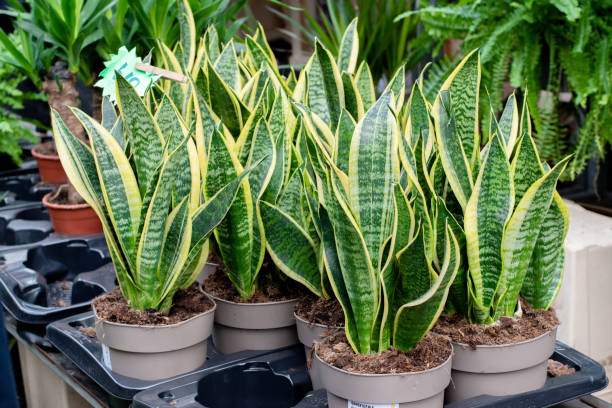
Snake plants (also known as Sansevieria) are not only easy to care for but also make a great addition to any allergy-friendly home. These hardy plants have been shown to filter out toxins and improve indoor air quality, helping people with sensitivities. Do snake plants help with allergies? Absolutely. They absorb nitrogen oxide, formaldehyde, and other harmful chemicals, which can be a major benefit to those suffering from allergies.
Moreover, snake plants are known for their ability to thrive in low light and require minimal watering, making them a low-maintenance choice for busy individuals.
2. Spider Plants: A Breath of Fresh Air
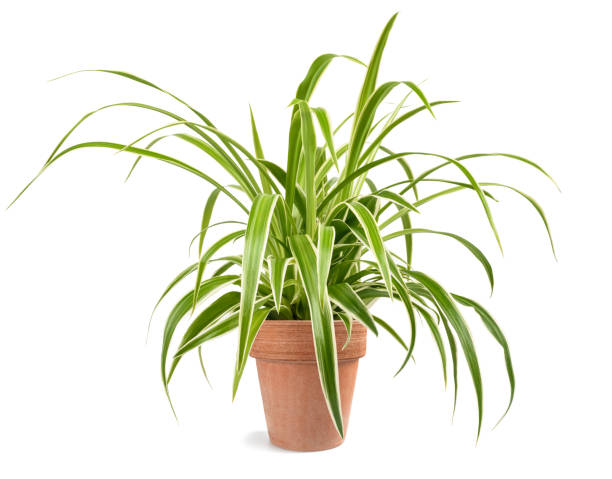
Spider plants (Chlorophytum comosum) are another excellent option for improving indoor air quality. These plants are known for their ability to remove carbon monoxide, formaldehyde, and xylene from the air. They’re also known for their air-purifying capabilities, which can help reduce indoor allergens.
Spider plants produce long, narrow leaves that help trap dust particles, preventing them from floating around your home. This makes them especially useful in reducing dust-related allergies. With their easy-care nature and ability to grow in indirect sunlight, spider plants are a perfect addition to any room.
3. Aloe Vera: More Than Just Skin Care

Aloe vera is widely recognized for its soothing effects on the skin, but did you know it can also help with allergies? This succulent plant works by improving air quality by removing formaldehyde and benzene from the air. Aloe vera is also known for releasing oxygen at night, which can help those suffering from respiratory allergies.
Another bonus is that aloe vera is low-maintenance and thrives in a sunny location with minimal watering. It’s the perfect plant to add to your home if you’re looking for an easy way to manage allergies.
4. Peace Lilies: Beautiful and Beneficial
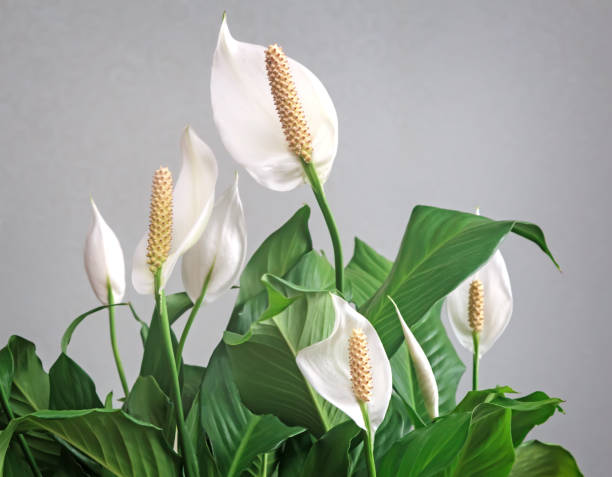
Peace lilies (Spathiphyllum) are elegant plants that not only look beautiful but also have powerful air-purifying properties. They are effective in removing common allergens like formaldehyde, ammonia, and benzene from the air. In fact, studies by NASA have shown that peace lilies can purify the air up to 60% more effectively than other plants.
These plants also increase humidity, which can help soothe dry airways and reduce allergy symptoms. However, it’s important to note that peace lilies can be toxic to pets, so if you have furry friends, keep this plant out of reach.
5. Fern Plants: Nature’s Allergy Fighter
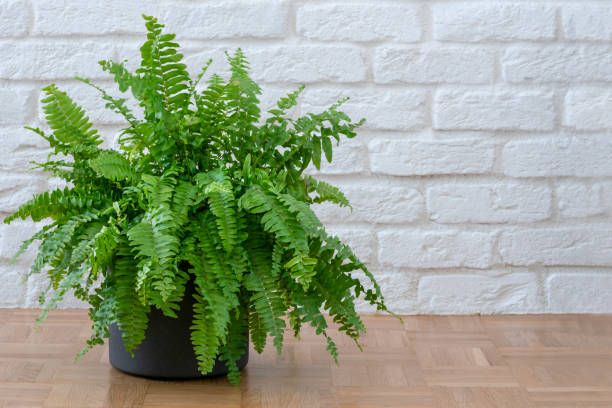
Ferns like the Boston fern (Nephrolepis exaltata) are known for their ability to trap dust particles in the air. The dense foliage helps filter out allergens, providing a cleaner and fresher environment. Does fern have pollen? Yes, like all plants, ferns produce pollen, but the benefit of having them indoors is that they can help reduce airborne allergens by trapping dust and other pollutants.
These plants are also highly effective at maintaining moisture levels in the air, which can alleviate symptoms associated with dry environments.
6. Areca Palm: Natural Humidity Booster
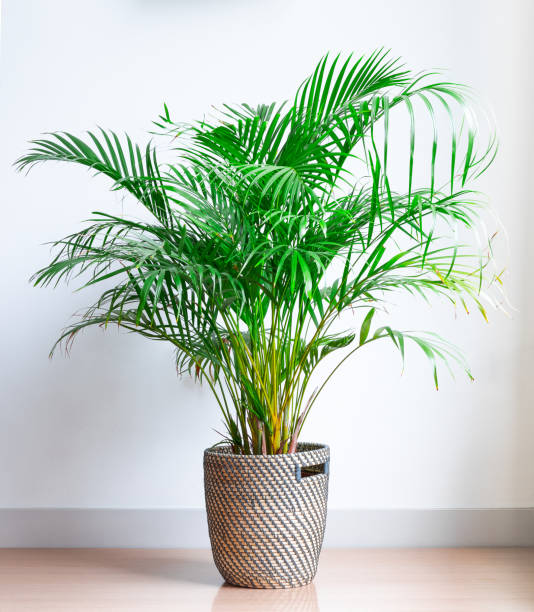
The areca palm (Dypsis lutescens) is an ideal plant for allergy sufferers. Known for its ability to purify the air, this plant filters out harmful substances like formaldehyde and xylene. The areca palm also releases moisture, which helps maintain optimal humidity levels in your home. This can reduce allergy symptoms related to dry air, such as itchy eyes and a scratchy throat.
This plant thrives in bright, indirect light and needs only occasional watering, making it a low-maintenance option for those with busy schedules.
Tips for Maintaining Allergy-Friendly Plants
Adding plants to your home is a great way to improve air quality and reduce allergy symptoms. However, it’s essential to take care of them to ensure they continue to benefit your health. Here are some steps to help maintain an allergy-friendly environment with plants:
- Regularly Dust the Leaves: Dust can accumulate on plant leaves, which may cause allergies to flare up. Wipe the leaves of your plants with a damp cloth once a week to prevent dust buildup.
- Keep the Soil Clean: Overwatering your plants can lead to mold growth in the soil, which can trigger allergies. Ensure the soil is not soggy and that excess water can drain away.
- Place Plants in the Right Locations: Make sure your plants are placed in well-ventilated areas where they can do their job without becoming a source of allergens themselves.
- Choose Pet-Safe Plants: If you have pets, be sure to select plants that are safe for them. Some plants, such as peace lilies, can be toxic to pets, so it’s essential to choose carefully.
Other Considerations When Adding Plants for Allergy Relief
While plants that help with allergies can alleviate symptoms, they’re not a cure-all. If you have severe allergies, consult a healthcare professional. Some plants, especially flowering ones, may release pollen and worsen symptoms. However, air-purifying plants are generally safe for most allergy sufferers.
Frequently Asked Questions about plants that help with allergies
1: What plants help with allergies in the home?
Some of the best plants that help with allergies include snake plants, spider plants, peace lilies, aloe vera, and ferns. These plants can purify the air by removing allergens like formaldehyde, benzene, and pollen.
2: Does fern have pollen?
Yes, ferns do release pollen, but they are still beneficial for reducing airborne allergens like dust and pollutants. The dense foliage helps trap these particles, improving air quality in your home.
3: Can houseplants cause allergies?
Houseplants can cause allergies in some people, especially those with sensitivities to pollen. However, many indoor plants can help reduce allergens and improve air quality by filtering out toxins.
4: Do snake plants help with allergies?
Yes, snake plants are known for their ability to remove toxins from the air, including formaldehyde and benzene. This can help reduce allergy symptoms in your home.
5: Are peace lilies safe for pets?
Unfortunately, peace lilies can be toxic to pets. If you have animals at home, it’s best to choose pet-safe plants like spider plants or snake plants to avoid any health risks.





